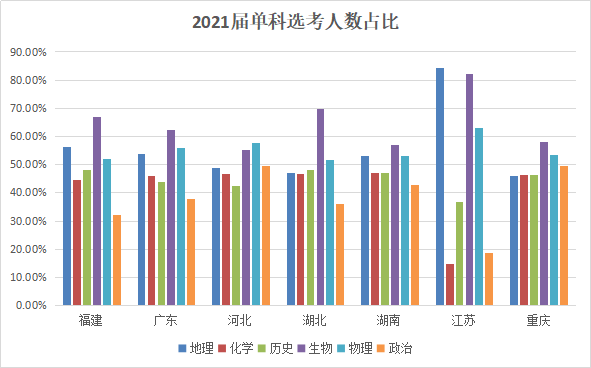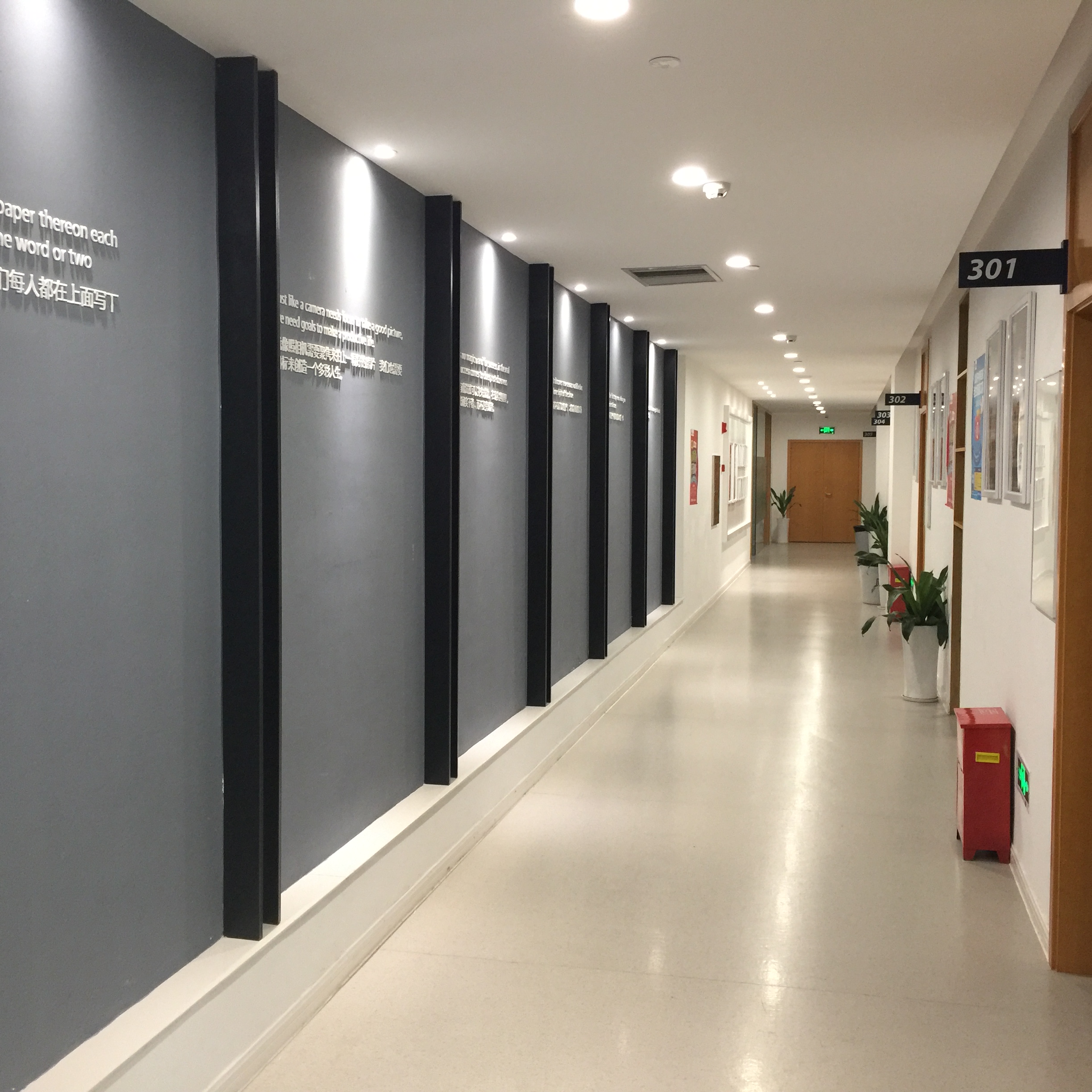导读:连词(conj conjunction)是一种虚词,
它不能独立担任句子成分而只起连接词与词,短语与短语以及句与句的作用。连词主要可分为4类:并列连词.转折连词.选择连词和因果连词。连词也可以分为2类:并列连词和从属连词。在此,长沙新东方整理分享了2019中考英语语法重点总结:并列连词和从属连词的用法,以供学习与参考,希望对大家有所帮助。
连词可以分为并列和从属连词两类,下面就两类连词分别加以讲解。
漫谈一:并列连词
并列连词根据它的意义和用途,可分为并列、转折、因果和选择四种。
一、表示并列关系的连词有:and, both…and…, not only… but also…和neither…nor…等
1、and:和,并且
A:基本用法:
“and”表示 “和”、“并且”的意思,用来连接对等关系的字和字,片语和片语,句子和句子。
I enjoy basketball , football and table tennis.
The weather becomes colder and colder.
B:特别用法:
祁使句后连接and,有条件句作用,此时and=if you…,you’ll…
Go straight on, and you’ll see the library.==If you go straight on, you
will see the library.
2、both…and…既…也…,(两者)都…
A、both…and…构成的词组作主语时,谓语动词用复数。
Both Jim and Kate are from England.
B、both…and…否定句表示部分否定。
You can’t speak both German and English.
Both my father and my mother aren’t doctors.
3、neither…nor…:既不…也不…
neither…nor…连接两个并列主语时,谓语动词靠近哪个主语就与哪个主语保持 “人称”和 “数”的一致,即采取就近原则。
Neither I nor he has seen the play before.
4、not only…but also…:不但…而且…
not only…but also…连接两个主语后的谓语动词也遵循就近原则。
Not only the mother but also the children are ill.
二、表示转折关系的连词有:but, however, yet, still,while等。
Mary was a nice girl, but she had one shortcoming.
Tom got up early, yet he failed to catch the train.
He was very tired, still he kept on walking.
Your composition is fairly good, however, there is still some
room for improvement.
Jane is hard working ,while her sister is quite lazy.
三、表示选择关系的并列连词有:or, either…or…,whether… or…等。
1、or:或、否则
A:基本用法
or 表示 “或” 的意思,使用于两者之中选择一个的时候。
----Is your friend English or American? ----American.
He doesn’t like dumplings or noodles.
B:特别用法
祁使句后连接or ,表 “如果…,否则…”,有转折的意思,此时 or =if you don’t …,you’ll …
Hurry up, or you’ll be late.=If you don’t hurry up, you’ll be late.
2、either…or…:或者…或者…; 不是…就是…;要么…要么…
A.either…or…连接两个并列主语时,谓语动词靠近哪个主语就与哪个主语保持 “人称”和 “数”的一致,即就近原则。
Either you or I am right.
Does either she or they like English?
B.由either…or…引导的否定句是完全否定。
She isn’t either a student or a teacher.
3、whether…or…不管…还是…
She is always cheerful, whether at home or at school.
四、表示因果关系的并列连词有:for(因为),so(所以)。
He is not at school today, for he has a bad cold.
It was late, so I went home.
漫谈二:从属连词
从属连词是用来连接各种状语从句和名词性从句的。
一、引导时间状语从句的从属连词有:before, after, when, while, as, till, until, since, as
soon as等。
After they had planted their crops, they took a rest.
We have learned six lessons since he began to teach us.
As soon as he gets to Beijing, he’ll call me.
1、when, while, as
都表示“当……时”,when从句谓语动词既可以是瞬间动词也可以是延续性动词,可用于主从句动作同时发生或从句动作先于主句动作发生。while从句谓语动词只能是延续性动词,侧重主从句动作同时发生。as引导一个持续性动作,多用于主从句动作同时发生,强调“一边……一边”。
When I came in, my father was cooking.
I came in when/while my father was cooking.
He sang as he walked.
2、until用法:当主句谓语动词是延续性动词时,主从句都用肯定式,译为“直到……为止”;当主句谓语动词是瞬间动词时,主句用否定式,从句用肯定式,即not…..until,
译为“直到……才”。
Mr. GREen waited until his children came back.(格林先生一直等到他的孩子们回来)
Mr. GREen didn’t go to bed until his children came back.
(格林先生直到他的孩子们回来才睡觉)
二、引导条件状语从句的从属连词有:if(如果), unless(除非,如果……不)等。
If you don’t go soon, you’ll be late.=Unless you go soon, you’ll be
late.
三、引导原因状语从句的从属连词有 because, as, since等。
because“因为”语气最强,回答why提问时只能用because,其引导的从句可放在句首或句末;as“由于”、since“既然”语气不如because强,引导的从句常置于句首;for是并列连词,语气最弱,对前面分句加以解释或补充说明,其引导的分句常置于句末且用逗号隔开。
He didn’t go to school because he was ill.
As it was raining, we went there by bus.
Since everybody is here, let’s begin.
It must have rained last night, for the ground is wet.
注意: because与 so不能同时使用。
四、引导让步状语从句的从属连词有:although/though(虽然,尽管), even though/if (即使)
Although/ Though it is a very young country, it is very rich.
Even if/ though you were here yesterday, you couldn’t help him.
注意:although/though 引导的从句不能与but连用,但可与yet, still连用。
五、引导目的状语从句的从属连词有so that和in order that(以便,为了)等。
The teacher spoke loudly so that /in order that we could hear him
clearly.
六、引导结果状语从句的从属连词有:so that(结果是)和so/such…that…(如此…以至于)等。
It was very cold, so that the water in the bowl froze.
He got there so early that he got a good seat.
It is such a heavy box that nobody can move it.
七、引导比较状语从句的从属连词有: as…as…(与……一样),not as/so… as…(不及,赶不上),和than(比)等。
I know you better than she does.
He works as carefully as she.
I can’t run as/so fast as you.
八、引导名词性从句的从属连词有:that和 if/whether(是否)等。
We know that the earth goes around the sun.(宾语从句)
I wonder if he has received my e-mail. (宾语从句)
Whether he’ll go there hasn’t been decided.(主语从句)
注意:在时间状语从句和条件状语从句中,如果主句是将来时,从句要用一般现在时。
I’ll go on with the work when I come back tomorrow.
He won’t come unless he is invited.





















 京公网安备11010802021790号
京公网安备11010802021790号









 学习资料
学习资料
